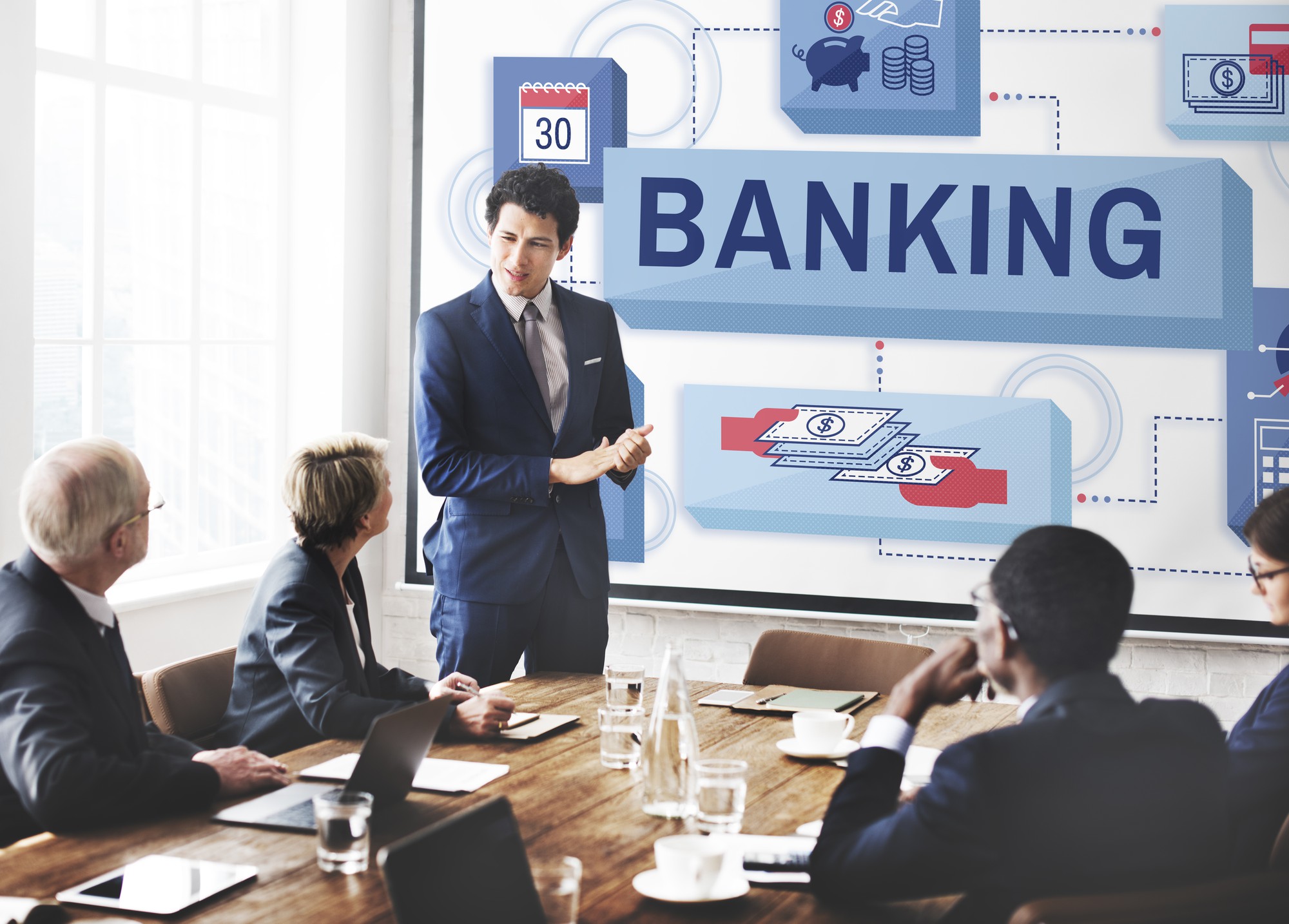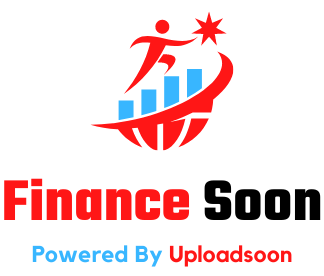
At the moment, HDFC Bank is India’s third most valuable company. It is also the country’s biggest private bank. A bank as successful as HDFC has also given its investors wealth that has changed their lives.
- Since its initial public offering (IPO) in 1995, the price of an HDFC Bank share has increased more than 500 times.
- Company shares have given much higher returns in the last 10–15 years than other assets and even fixed deposits in banks like HDFC.
Keep reading the article until the end for a more in-depth look at the HDFC Bank Share Price.
History of HDFC Bank share prices
When only the year-end prices of a stock are looked at, it helps to eliminate the daily volatility of the share price. It shows how the stock and the company have done over the past several years and decades.
Since HDFC Bank became one of the best banks in the country, it has only had two major setbacks. One was in 2008, when almost everything worldwide fell apart because of the financial crisis. The second was the scare about the coronavirus, which caused panic all over the world but didn’t last long.
The years 2010 and 2012 were years of consolidation, but other than that, HDFC Bank has been a steady compounder and has made long-term investors a lot of money. Those are the prices of HDFC Bank shares at the end of the year. Look at the table and graph and figure out your thoughts about how the share price is moving.
When it was listed on the stock market at the end of 1995, HDFC Bank was worth only 3. It’s important to remember that the share price has changed because of share splits. In 2011, anyone who owned one share of HDFC Bank received five shares of the company.
After the split, the look value of each share went from 10 per share to 2 per share. In 2019, the share capital was again divided into two equal parts. Those who already had one share got another one. The face value of each share went down from 2 to 1. In short, if you had bought the share capital of HDFC Bank in 1995, the year it went public, you would now own 1000 shares.
At the end of its first year on the stock market, each share was worth about 30. After taking into account the split, each share is now worth 3. Since then, the share price of HDFC Bank has gone up over 500 times. If you invested 1 rupee in the company that year, it would be good enough to justify more than 500 rupees today.
HDFC Bank Shares Returns
Do you require to know how much money you would have made if you had bought a share of ‘HDFC Bank two years ago? Three, four, or five years ago. But the number is even more important when you look at the absolute returns. If you put 1 rupee into HDFC Bank 25 years ago, that rupee is now worth more than 478 rupees. Those who have put money into HDFC Bank in the past few years have also made a lot of money.
HDFC Bank Share vs. FD Returns
What if you put 1 lakh into a fixed deposit at HDFC Bank and another 1 lakh into HDFC Bank Shares? Let’s say that both investments.
Some points:
- The answer is easy to see. A fixed deposit with HDFC Bank might seem safer, but the returns on HDFC Bank shares have been much higher.
- Individual investors can make much money in the long run if they are willing to place their money into riskier asset classes like stocks.
- While the value of the “fixed deposit” kept increasing, the value of HDFC Bank shares has been less than its investment for the past year.
- If an investor had kept the shares for the first year, he would have made money because the price of the shares has gone up every year for the last eight years.
- The average interest rate on a fixed deposit in the last ten years was 7.39 %. (RBI data). The interest rates are lower now than it was before. Most banks, such as HDFC Bank, pay between 4% and 5%.
- After income tax, the interest rate will be much lower for people in the highest tax bracket.
- Even after five years, HDFC Bank shares have done better than a fixed deposit. However, it wasn’t until after five years that the strength of compounding kicked in, and the returns shot up.
Pros
- Above Average Sustainable RoE: The company has a sustainable return on equity that is higher than the expected cost of capital. This means that the underlying business can create and add value over time because it can get a return on capital that is higher than average.
- Above-Average Growth Rate: It is expected that the company’s earnings will grow at a good cost over the next few years, creating value for shareholders.
Cons
- Poor Capital Allocation: The business has 36.48% of its assets locked up in businesses and investments that are not its main business. This makes the management’s strategy for allocating capital look bad, which hurts shareholder returns.

Leave a Reply